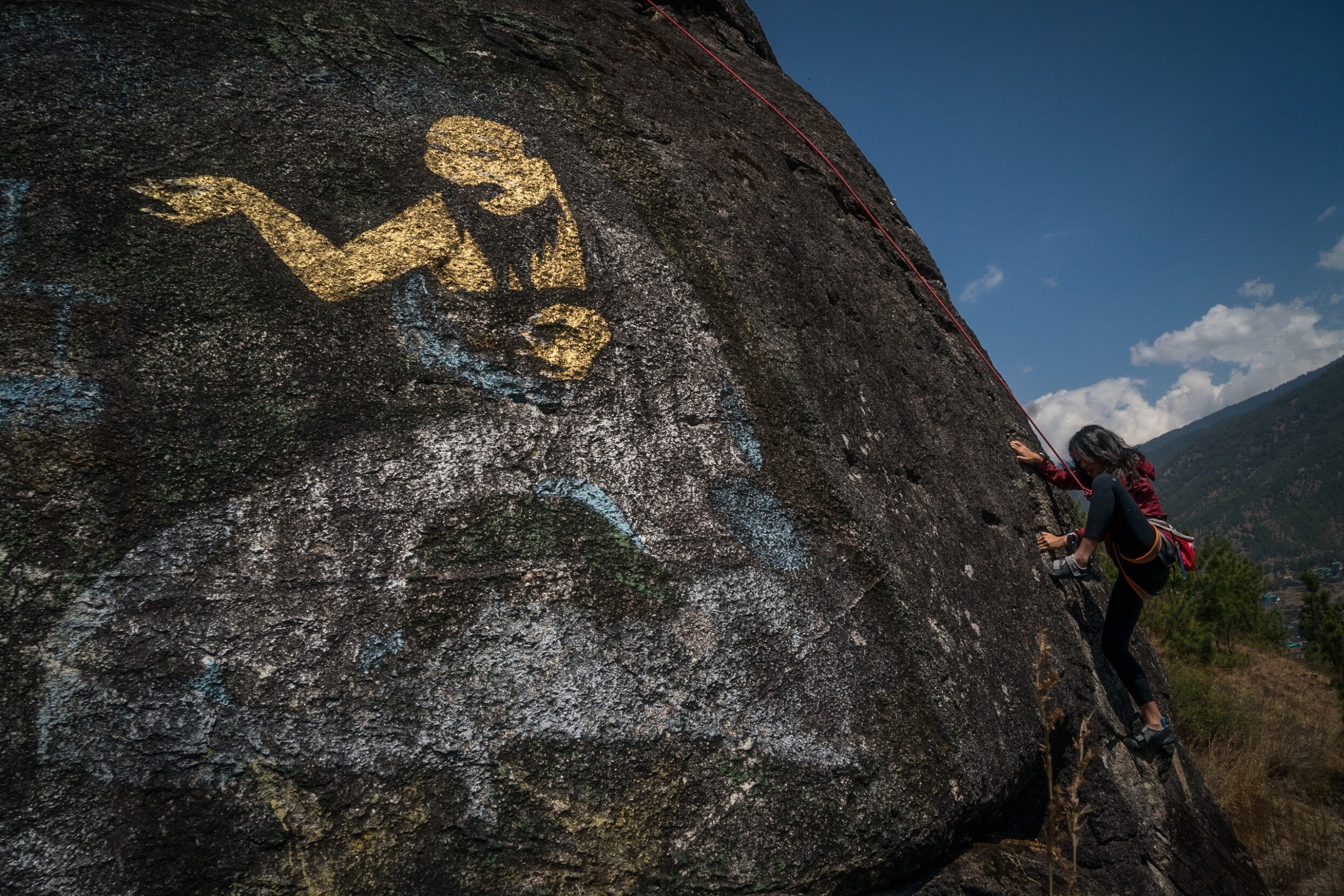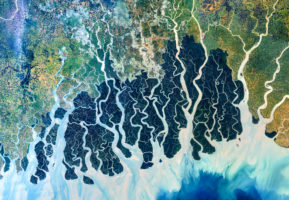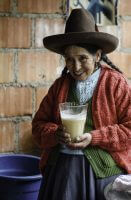READER SELECTION
This Intrepid Interlude was hand-picked by the badass members of The Alliance.
Want to vote on upcoming pitches?
T
he rubber soles of my shoes pushed against the surface of the hard granite. Tufts of brownish-green sprouted from small crevices, a sign of springtime rain. My forearms were already pumped — the muscles swollen and strained with fatigue. Blood pounded in my ears, and I felt a drop of sweat crawl down my right temple despite the wind whipping my hair into a frenzy. Hundreds of feet below, the valley sprawled out into a yawning landscape of pine trees and a smattering of low buildings rendered gray from a sky heavy with clouds.
I was perhaps one of the first tourists to climb in this country in years.
~~
So I tracked down a member of an obscure rock-climbing society and convinced him to take me onto the granite.
A decade or two earlier and more than a thousand miles away, I sat in the oppressive heat of a Thai temple, listening to the droning chant of monks as sweat beaded down my back. The tingle of pins and needles spread numbly through my legs; they’d be stiff and cramped after, courtesy of the rule that women were not permitted to sit cross-legged.
Growing up in Bangkok, my experience with Buddhism was mostly from obligatory family visits to temples, as well as through opinionated Thai moms and well-meaning Westerners on their “spiritual” journeys across Asia. The only thing that irked me more than having Buddhism explained to me by an outsider was maybe the actual Buddhist rituals themselves — the ones I was forced to partake in. I reacted with a force that was equal and opposite. It took years of growing up, a combination of struggles with mental health, philosophical pondering, and subsequent soul searching to prod me into revisiting my relationship with the religion.
Where, I wondered, could I experience Buddhism away from the pop-psychology of it all?
Some online excavation kept pointing to the same place: the mountain kingdom of Bhutan. Combined with my tendency to seek the unusual, my curiosity manifested in a peculiar way — the inexplicable urge to climb there.
Often described as the basis for Shangri-La, this country tucked away in the foothills of the Himalayas has historically been secluded from the rest of the world. It wasn’t until 1968 that the first international airport opened — one of the world’s most challenging due to its geography between 18,000-foot peaks, with only a few dozen or so pilots licensed to fly.
I had scrubbed through countless photographs on travel websites: scenes of rustic life and countryside vistas, hillsides dotted with stupas and prayer flags fluttering in the wind. Bhutanese locals wearing traditional gho attire for men, kira for women, and temples containing the intriguing presence of phalluses, which are associated with Drukpa Kunley, also known as the Divine Madman. Vintage models of Toyota buses winding their way across mountainous backdrops, harkening to bygone times, like tokens from an era when backpackers first traversed from Kathmandu on the Banana Pancake Trail.
Mainstream literature pointed to an idyllic paradise, an antithesis to Western ideals of capitalism and consumerism. Something inside me itched to go further.
So I tracked down a member of an obscure rock-climbing society and convinced him to take me onto the granite.
~~
Half-way up the sheer face, I slipped — and let out a frantic yelp as my fingers and toes broke free from the wall.
The only thing that irked me more than having Buddhism explained to me by an outsider was maybe the actual Buddhist rituals themselves … I reacted with a force that was equal and opposite.
Recent rainfall had rendered the rock surprisingly slick, and there were barely any “jugs,” or large holds. Most of the ascent required delicate footwork and tendon-aching crimps.
I jerked as the harness tightened around my waist, arresting the fall. Anxiety coursed through me — I knew the science behind the belay device but couldn’t help an instinctive suspicion of the technology.
Below, Ata’s voice floated up with the wind. “You have to smear!” he yelled. “Push and pull!”
With a mane of wild, jet-black hair, an easy smile, and muscular yet lanky frame often found in climbers, Ata had been described to me as “probably the only remaining rock climber in Bhutan.” After trekking up to a cliff face on the outskirts of Thimphu, he’d asked if I knew how to lead — a more advanced form of climbing requiring clipping in as one ascended. I was barely a top roper (climbing with a fixed anchor at the top of the route) and hadn’t gone outdoors in years. Ata had laughed and said we’d figure it out.
“Just relax and breathe!” he shouted from below.
I felt a stab of annoyance. Easy for him to say from the safety of the ground. My body quivered from nerves and strain, my fingertips raw. I dangled on the rope, shaking the fatigue from my limbs, letting the pump drain away with gravity. What if I couldn’t make it — what if I failed at the one thing I’d set out to do here? What if I was no different than the Buddhist-loving backpackers I’d eschewed? What if this climb was an allegory for my relationship with the religion, for my frustration with it, for my struggle?

Pier Nirandara climbs in Bhutan — perhaps one of the first tourists to do so in years. Photo: Courtesy of Pier Nirandara.
~~
I craned my neck, taking in the vertical rock stretching into the sky. There was no way I could simply push my way to the top. That was actually one of the things I loved most about climbing — the sport required more technique than brute strength. It demanded practice, dedication, mindfulness — a more Buddhist approach.
Forcing a deep breath, I recalibrated. I swung back onto the wall, shuffled, and repositioned my hips. My toes found a slight divot — the tiniest of grooves — and my fingers a small hold. Slowly, firmly, I pushed and pulled, creating a force equal and opposite. I felt my arms lock into position, my soles creating the necessary friction to stick to the surface.
Scraping and smearing, inch by inch, I ascended. The goal faded into the periphery, my attention solely on the present. My anxiety faded, too. I focused on each breath, each singular move. I ignored the cramping in my legs. Sweat beaded down my back. It all felt oddly … meditative.
Some time later, I pulled myself up and collapsed onto a ledge.
I turned and took in the view. The clouds had parted, revealing a wide sky — blue and open. It was surprisingly warm, my cynical heart cracking open to let a sliver of sunlight in.
Pier Nirandara
Meet bestselling author, award-winning journalist, and acclaimed underwater photographer Pier Nirandara, Hidden Compass’s 2024 Storyteller in Residence.



